Cats have adapted to various environments, with some breeds developing features that make them particularly well-suited for cold climates. These breeds have evolved with physical traits such as dense fur coats, robust bodies, and behaviors that help them thrive in lower temperatures. Understanding which cat breeds are best suited for cold climates can be essential for potential pet owners living in such regions, as it ensures the well-being and comfort of these feline companions. This article explores the five best cat breeds for cold climates, highlighting their unique adaptations and characteristics that enable them to live happily and healthily in chillier settings. From thick, insulating fur to larger, more robust physiques, these breeds exemplify nature’s remarkable ability to equip its creatures for survival and comfort in the face of environmental challenges.
1. Norwegian Forest Cat
The Norwegian Forest Cat, or Wegie, as it is affectionately known, is a breed that epitomizes the cold-climate cat. Originating from Norway, this breed has evolved to endure the harsh Scandinavian winters. The Norwegian Forest Cat is well insulated against cold weather with its thick, water-resistant double coat. The undercoat is dense and woolly, while the outer guard hairs are long and glossy, helping to repel moisture and provide wind resistance. Their large size, sturdy build, and tufted ears and paws for extra protection against the cold further enhance their adaptability to chilly environments. Norwegian Forest Cats are physically equipped to handle cold climates and possess a calm and resilient temperament, making them perfect companions for those living in colder regions.
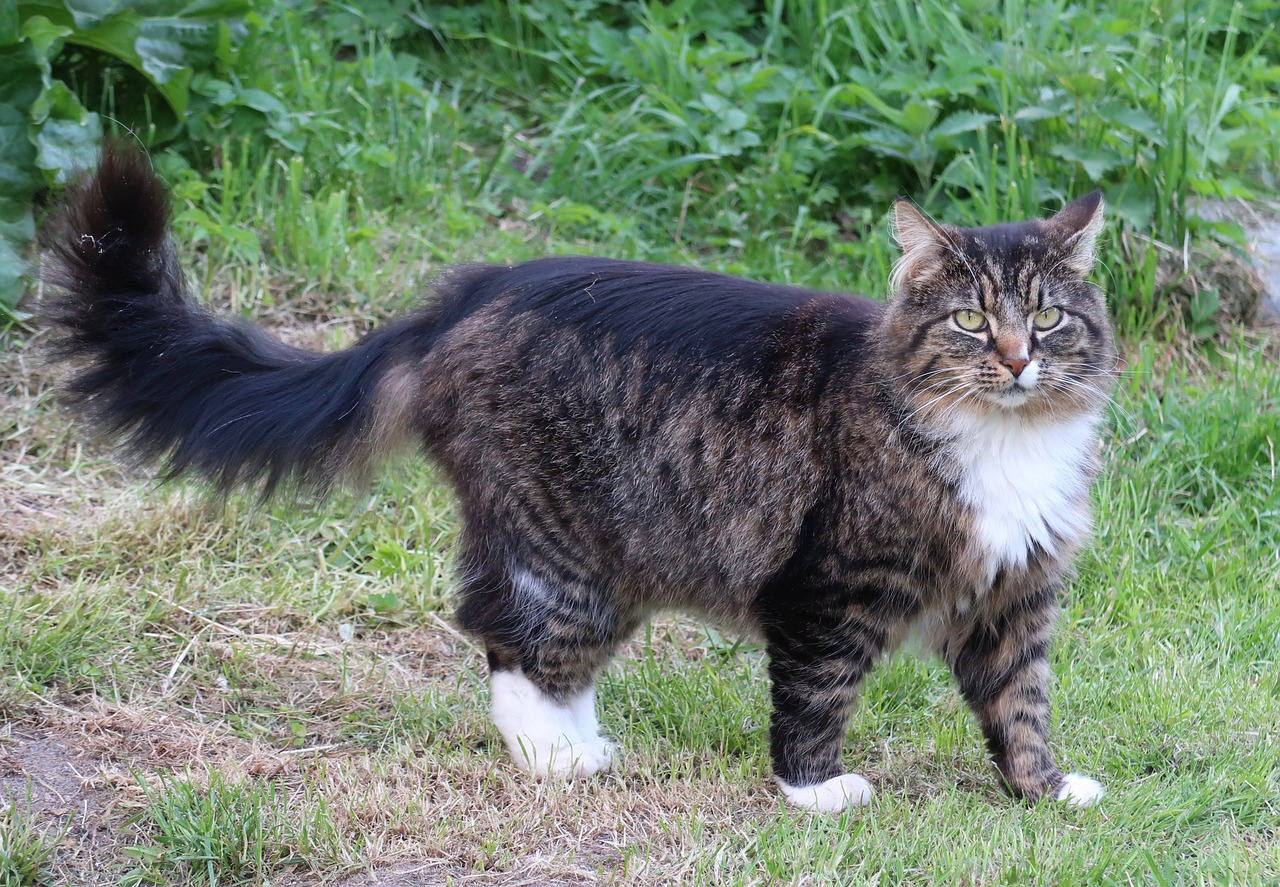
2. Maine Coon
The Maine Coon, one of the giant domesticated cat breeds, is native to the northeastern United States, where cold winters are the norm. This breed’s impressive size, with some males weighing 18 pounds or more, contributes to its ability to retain body heat. The Maine Coon’s fur is another adaptation to cold climates; its dense, water-resistant coat is longer on the stomach and rear to provide extra protection when sitting on snow or ice. Their large, tufted paws act like snowshoes, allowing them to walk on snow more efficiently. Maine Coons have a rugged constitution and a friendly, laid-back personality that makes them ideal pets for families living in colder climates, providing warmth and companionship during long winter months.
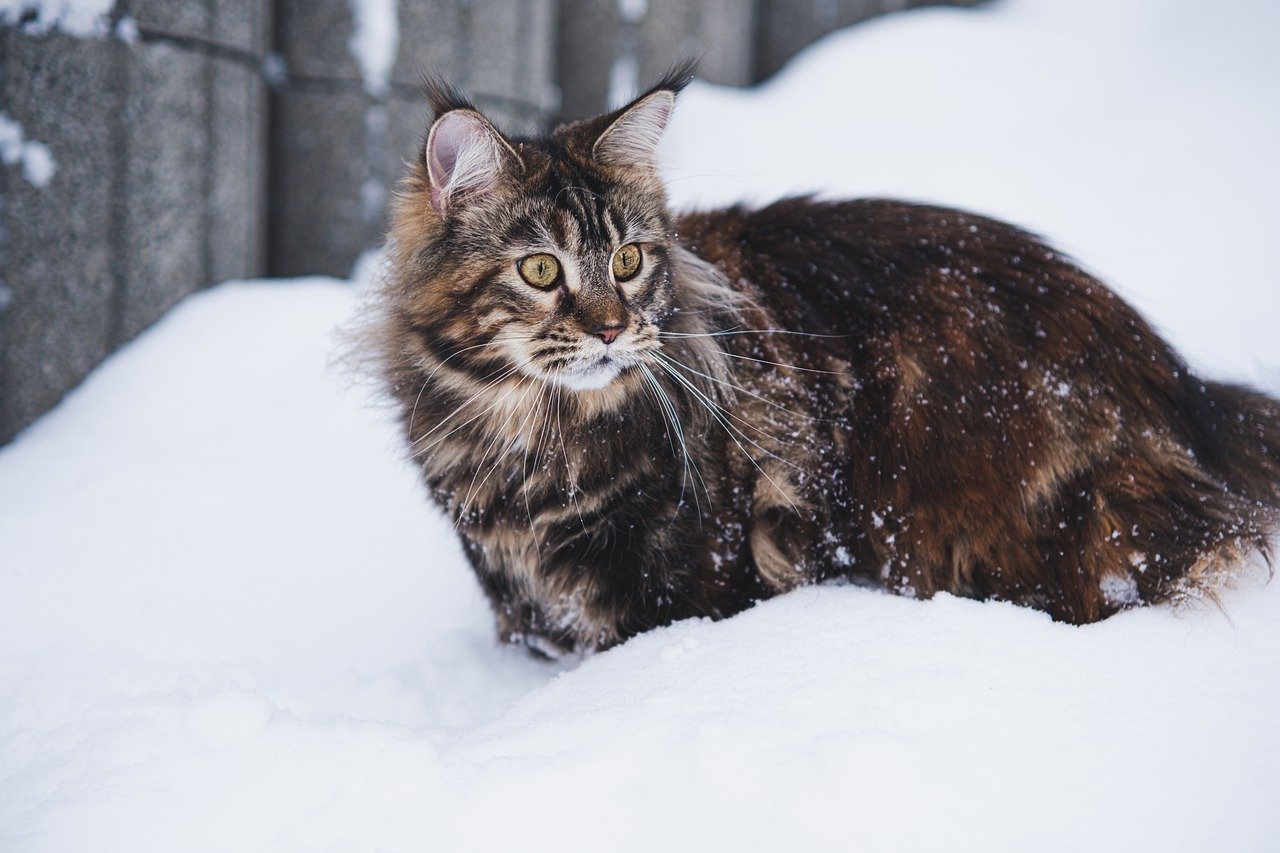
3. Siberian
The Siberian cat, hailing from Russia, is naturally built to survive in cold weather. This breed has a long, thick triple coat that keeps it warm and gives it a majestic appearance. The fur is dense and layered, with guard hairs that repel water, making the Siberian an excellent choice for cold, snowy climates. Siberians are muscular and have a hearty build, further aiding their ability to retain heat. Their playful and affectionate nature makes them great indoor companions, while their coat protects them during outdoor adventures. The Siberian cat’s ability to thrive in cold weather and its friendly demeanor make it a beloved breed for those in cooler regions.
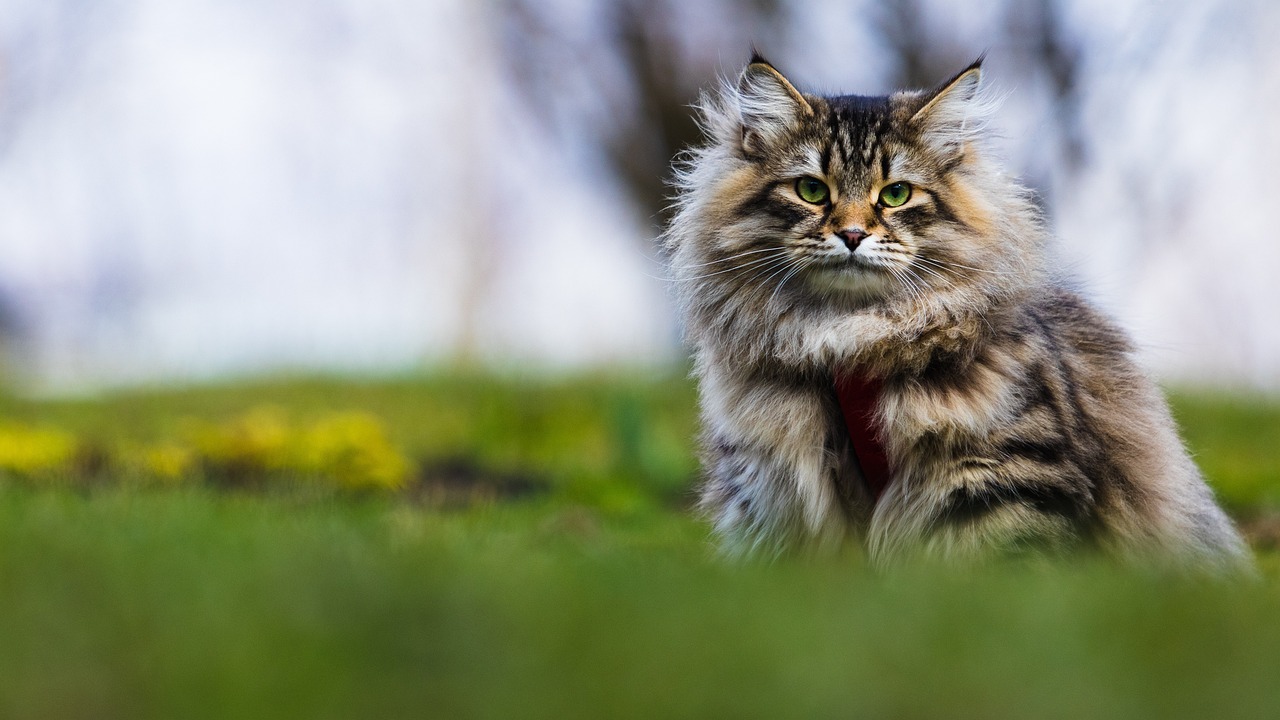
4. British Shorthair
The British Shorthair, known for its sturdy build and dense coat, is well adapted to cooler climates. Originating from the United Kingdom, this breed has developed a thick, plush coat that provides excellent insulation against the cold. The British Shorthair’s round, compact body shape also helps retain warmth, making it an ideal pet for colder environments. Despite its name, the breed’s fur is not short but relatively medium, with a rich texture that further enhances its cold-weather resilience. British Shorthairs are known for their calm and easygoing nature, making them perfect indoor companions who can comfortably withstand lower temperatures while providing their owners with affectionate company.
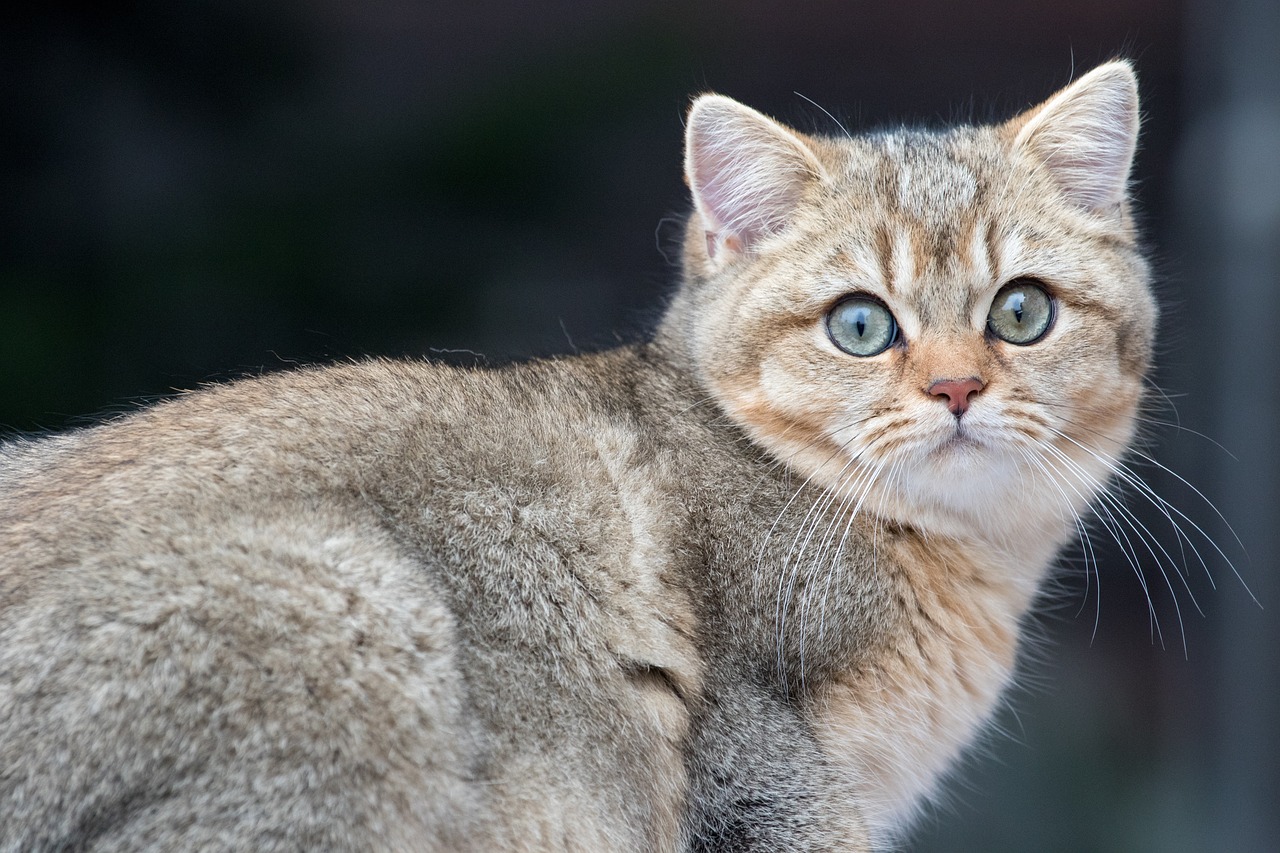
5. Scottish Fold
The Scottish Fold is recognized for its unique folded ears and is another breed that fares well in cold climates. This breed has a dense, soft coat that provides insulation against cooler temperatures. The Scottish Fold’s medium to long fur covers a robust body, adding to its ability to keep warm in colder environments. Their folded ears, while a defining feature, do not affect their ability to stay warm; instead, their thick, plush coat ensures they remain comfortable when the temperature drops. Scottish Folds are known for their loving and gentle temperament, making them excellent indoor pets for families living in regions with cold weather, where they can enjoy snuggling up to their human companions for warmth.
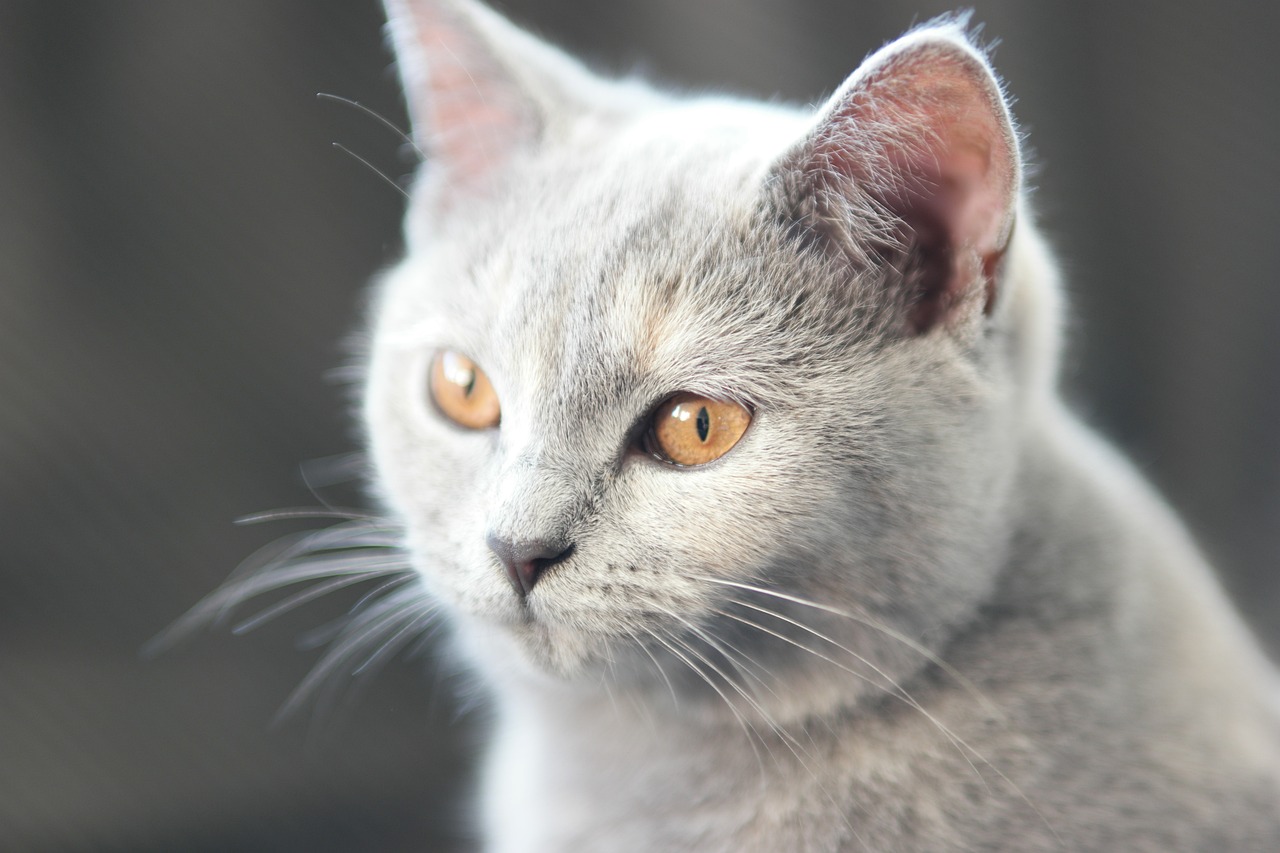
These five cat breeds demonstrate remarkable adaptations to cold climates, making them ideal companions for living in such environments. From the thick, water-resistant coats of the Norwegian Forest Cat and the Maine Coon to the dense, insulating fur of the Siberian, these breeds have evolved to not only survive but thrive in lower temperatures. The British Shorthair and Scottish Fold, with their plush coats and robust builds, also offer warmth and comfort during chilly seasons. Choosing a cat breed that is well-suited to the climate in which one lives ensures the well-being and happiness of both the pet and its owner. Whether through physical traits or behavioral characteristics, these cold-climate breeds exemplify the diversity and adaptability of cats, making them beloved members of households around the world.

